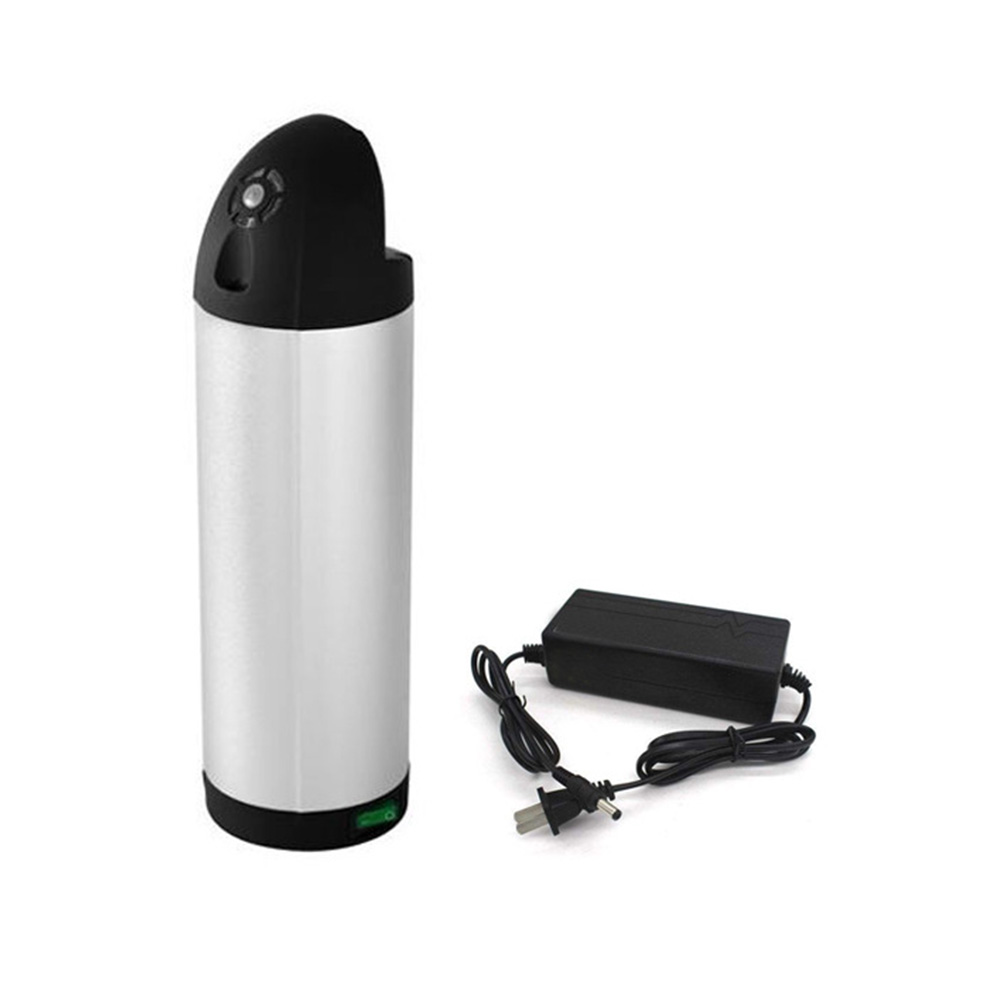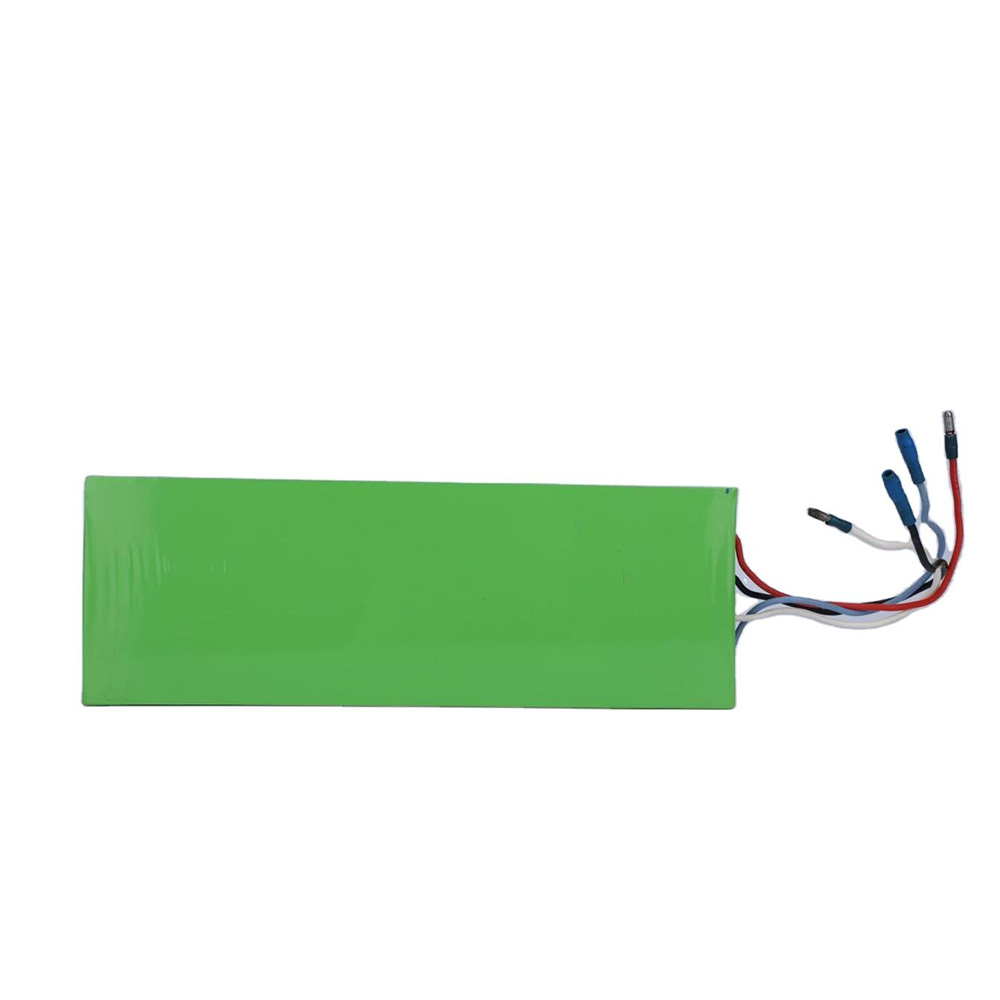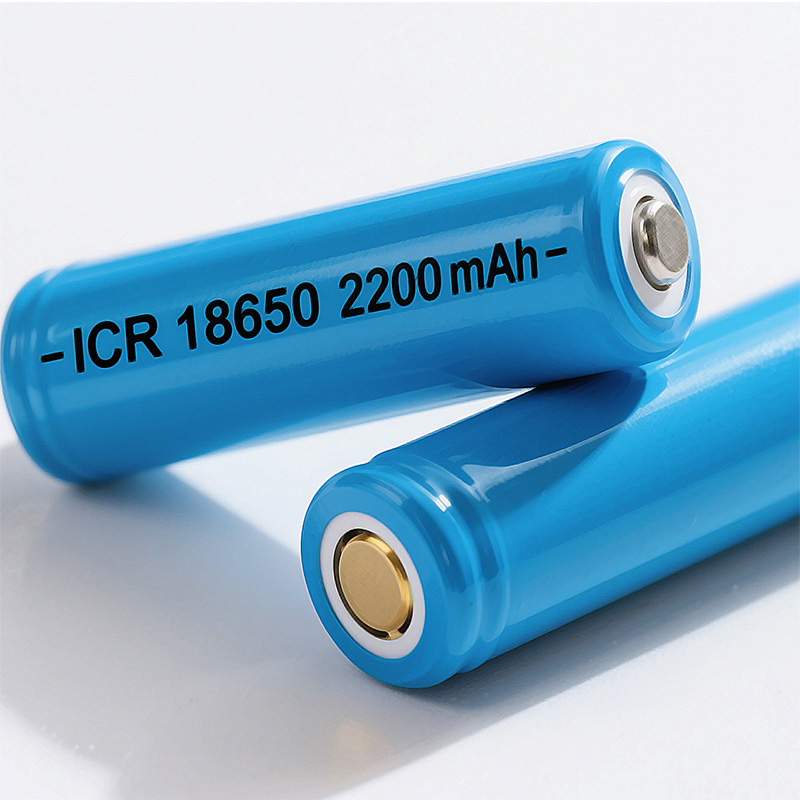Blog
Explore the Power of Lithium Innovation
Stay updated with the latest trends, technologies, and application insights in the world of lithium battery solutions
Search the whole station
Explore the Power of Lithium Innovation
Stay updated with the latest trends, technologies, and application insights in the world of lithium battery solutions
Today, we’re diving into something that powers a lot of the gadgets we use every day—18650 lithium batteries. You’ve probably heard the term, but what exactly makes these batteries so popular? Let’s break it down.
So first off, the name 18650 comes from the battery’s dimensions—18 millimeters wide and 65 millimeters long. These are cylindrical, rechargeable batteries with a voltage of around 3.6 to 3.7 volts and capacities anywhere from 1200 to 3500 milliamp-hours, depending on the model.
You’ll find them everywhere: in flashlights, laptops, power tools, electric vehicles, and even home energy storage systems. The reason they’re everywhere? They’re reliable—they keep a steady voltage until they run out—and they last longer than a lot of other battery types.
Let’s talk advantages. First up, energy density. These little guys pack a lot of power into a small package. That means fewer battery swaps and longer runtimes.
They’re also pretty safe. Many come with built-in protection against short circuits, overcharging, or over-discharging. Plus, they handle temperature swings better than you’d expect. Hot or cold, they keep working.
And here’s the kicker—they recharge hundreds of times. We’re talking 500 cycles or more, which makes them cost-effective over time.
Now, nothing’s perfect. For starters, 18650s aren’t cheap. The materials and manufacturing process add up.
They’re also bigger than some other battery types, which can be an issue if you’re trying to make something super compact. And because they’re lightweight and a bit fragile, you’ve got to handle them carefully—drop them or crush them, and you could be in trouble.
Charging these batteries isn’t complicated, but it’s worth doing right. Smart chargers are your best friend—they know when the battery is full and stop charging automatically. If you use a standard charger, you’ve got to be careful not to overcharge.
If you’re charging multiple batteries in parallel, make sure they’re balanced. Uneven charging can hurt performance over time. And just like anything else, store them properly and check them regularly. A little care goes a long way.
There are three main types:
So, why do we keep seeing 18650 batteries everywhere? Because they balance power, longevity, and safety in a way most other batteries can’t. Sure, they cost more and need careful handling, but treat them right, and they’ll keep your devices running reliably for years.
That’s it for today’s episode. Next time you pick up a flashlight, drill, or even your laptop, take a moment to appreciate what’s inside—it’s probably a little 18650 battery doing all the heavy lifting.

High-performance 36V 10Ah water bottle lithium battery for electric bikes. Lightweight 3.5kg, fast charging in 1.5–2 hours, safe & durable with up to 500 cycles. Ideal for commuting and long rides.

high-performance 18650 Battery 4000mAh, offering stable 24V power and deep cycle support. Perfect for electric scooters, power tools, and energy storage systems. Built-in safety protections ensure long-lasting, reliable performance.

Wholesale ICR 18650 2200mAh 3.7V lithium batteries with optional customized packs. Supports external wiring and various wire leads to meet your project-specific needs.

18650 3.7V 1500mAh lithium-ion rechargeable batteries from China, ideal for flashlights, power banks, electric tools, and more. High capacity, long cycle life, full safety features, and customizable OEM/ODM services. Fast global shipping available.
Discover essential practices for drone battery care, including pre-flight checks, proper storage, compatible charging, load assessment, and cooling after flight to ensure safety and longevity.
View detailsExplore the features, performance, and applications of the 3.7V 2200mAh 18650 lithium-ion battery. Discover how Apsenx’s 2300mAh version delivers longer runtime, higher energy density, and reliable performance for electronics, power tools, and ene...
View detailsA practical guide to FPV drone battery types, specs, flying tips, and maintenance habits. Real flying experience shared—so you know how to balance performance and lifespan.
View detailsDiscover the features, applications, and benefits of the 3.7V 2200mAh 18650 rechargeable Li-Ion battery. Learn why it’s a reliable, cost-effective, and versatile choice for electronics, electric bikes, and more.
View details
HelloPlease log in